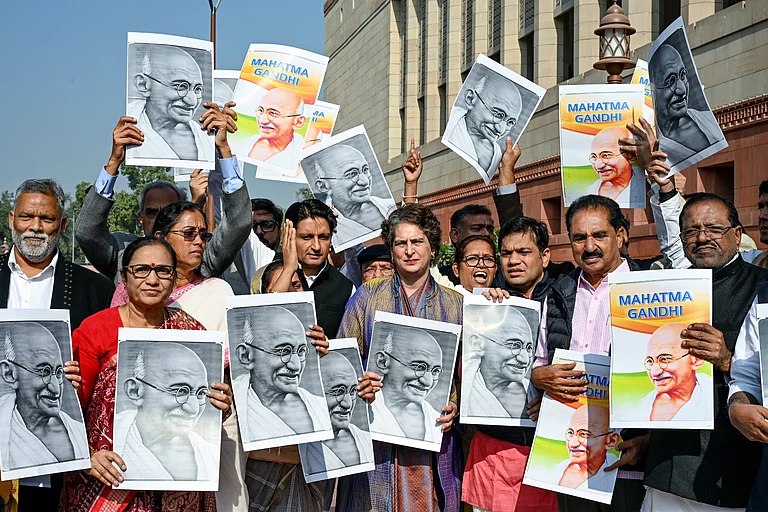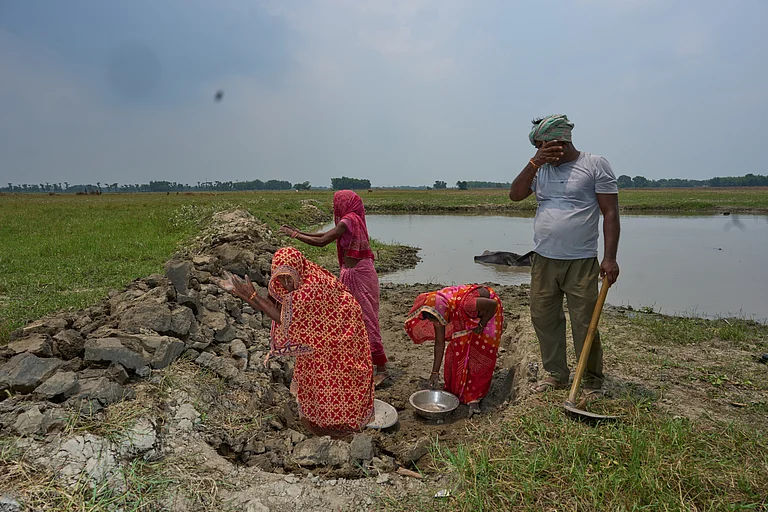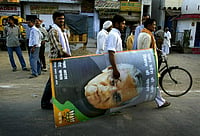"History will be kinder to me than the media and opposition"- these words by the former Prime Minister Dr. Manmohan Singh seems to have realised in just a decade. He said these back in January 2014, towards the end of his second term as prime minister, while denying that he was a ‘weak PM’. Dr. Singh retired from the upper house on April 2, 2024, at the age of 91; he was a member of Rajya Sabha for 33 years.
Dr. Singh dons many hats from a seasoned politician to a noted academician to bureaucrat who first paved the way for Indian economy to enter the era of liberalisation and then becoming the Finance Minister who finished the task at hand. Nevertheless, like any other public figure he too was doomed to face criticism or sometime even ridicule. As a PM, he was termed weak, silent and even reluctant by many but he surrendered the evaluation of his ultimate balance sheet to history and its kindness.
Outlook looks at some of the key moments of his political career.
Economic Reforms of 1991
Dr. Singh was the Finance Minister of India who introduced the economic reforms of 1991 in the wake of the financial crisis the country was facing. His reforms ended licence raj in all but 18 industries, incentivised foreign investment by pre-approving up to 51% foreign equity share among other things. Liberalisation changed the landscape of Indian economy and paved way for higher growth levels in the coming decades while saving the country from the immediate financial crisis where the government coffers were virtually empty.
Prime Minister (2004-2014)
In 2004, Manmohan Singh became the surprising choice for Prime Minister after a Congress-led post-poll alliance, United Progressive Alliance (UPA), was formed with support of regional parties like Samajwadi Party (SP), Rashtriya Janata Dal (RJD), Bahujan Samaj Party (BSP) at various points, along with the outside support of the left parties with their 59 MPs. In 2009, the alliance came back, without the left parties, but Congress gained strength and Manmohan Singh was the obvious choice for PM this time. During his tenure India saw a few radical policy changes like RTI, RTE, MGNREGA, Nuclear Deal etc.
Looking at a few of the highs and lows of his tenure:
GDP Growth
During UPA I and II (2004-2013) India’s GDP grew at the average rate of 7.74% every year.
National Rural Health Mission (2005)
In April 2005, the UPA-I introduced National Rural Health Mission (NHRM), to provide quality healthcare services, especially to women and children, in the rural areas. In 2013, the scheme was renamed as National Health Mission and was expanded to urban areas as well. The scheme caters to the basic healthcare needs of the vulnerable sections.
MGNREGS (2005)
In June, the Manmohan government launched a flagship scheme, the Mahatma Gandhi National Rural Employment Guarantee Scheme (MGNRES). The scheme guarantees 100 days of work per year in the rural areas which ensures livelihood security to some extent. A study found that the scheme managed to compensate for about 80% income loss for the rural households during the pandemic.
Right to Information (2005)
The Right to Information gave the citizens the right to ask for information from a public authority which made the more transparent and accountable.
Indo-US Nuclear Deal (2008)
In 2008, the US-India Civil Nuclear Agreement was signed which among other things separated India’s nuclear facilities in civil and military. India agreed to put all civil facilities under the International Atomic Energy Agency (IAEA) safeguard and US agreed to full cooperation in civil facilities in India. US also managed to get India a waiver from Nuclear Suppliers Group (NSG), after which India could acquire nuclear technology and fuel from other countries.
Right to Education (2009)
The Right to Education (RTE) ensured that children in the age group of 6-14 get ensure free and mandatory education.
These are but a few achievements of UPA governments led by Dr. Manmohan Singh, but there are always two sides of a coin.
Mumbai Terrorist Attack of 2008
The terrorist attack in Mumbai on November 26, 2008 was touted by many a big intelligence failure. Ten terrorists entered the financial capital of India and carried out 12 shootings and bombings in the city killing 166 people and injuring around 300 others.
Scams
During UPA II, scams involving Commonwealth Games of 2010, 2G spectrum and coal blocks allocations were unearthed. Congress party and its leaders were accused of corruption by opposition.
Anti-corruption activist, Anna Hazare, started a protest at Delhi’s Ramlila Maidan in April 2011 for introduction of Jan Lokpal Bill. The movement gained a lot of support from the general public across sections.
Inflation
The UPA II was marred by high inflation rates. In November 2013 the retail inflation soared to double digits of 11.24%. The BJP had cornered the Manmohan Singh government on high LPG prices among price rise of other essential commodities.
Nirbhaya Case (2012)
In December 2012, the whole nation was shaken up by the horrendous gang-rape case happened in New Delhi inside a moving bus. The victim was a 23-year-old woman who eventually succumbed to her injuries. New Delhi saw many days of huge protests right outside the president’s house. The case brought the state of women security in the fore.
As any other politician, Dr. Manmohan Singh’s career is also a mix of highs and lows. During his tenure the opposition called him a remote control PM, an accusation he reciprocated with dignified silence. He belongs to the rare breed of politicians who have played the game with dignity.
























